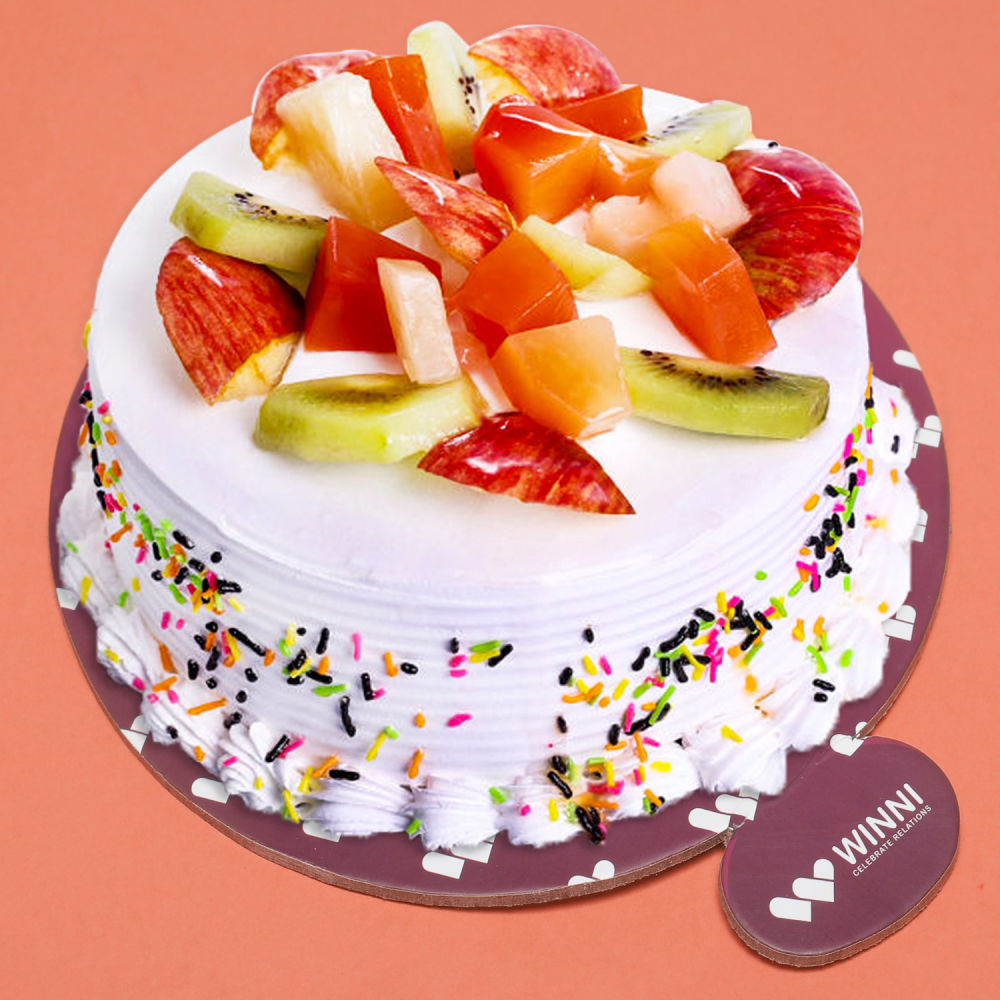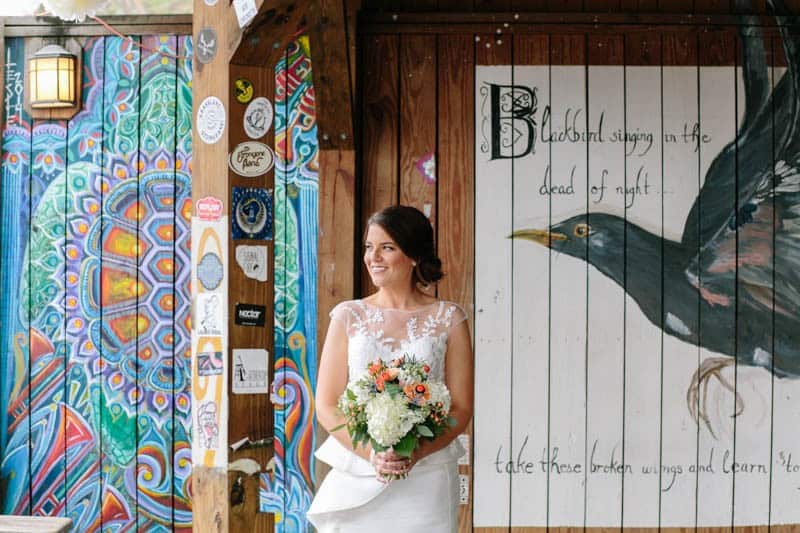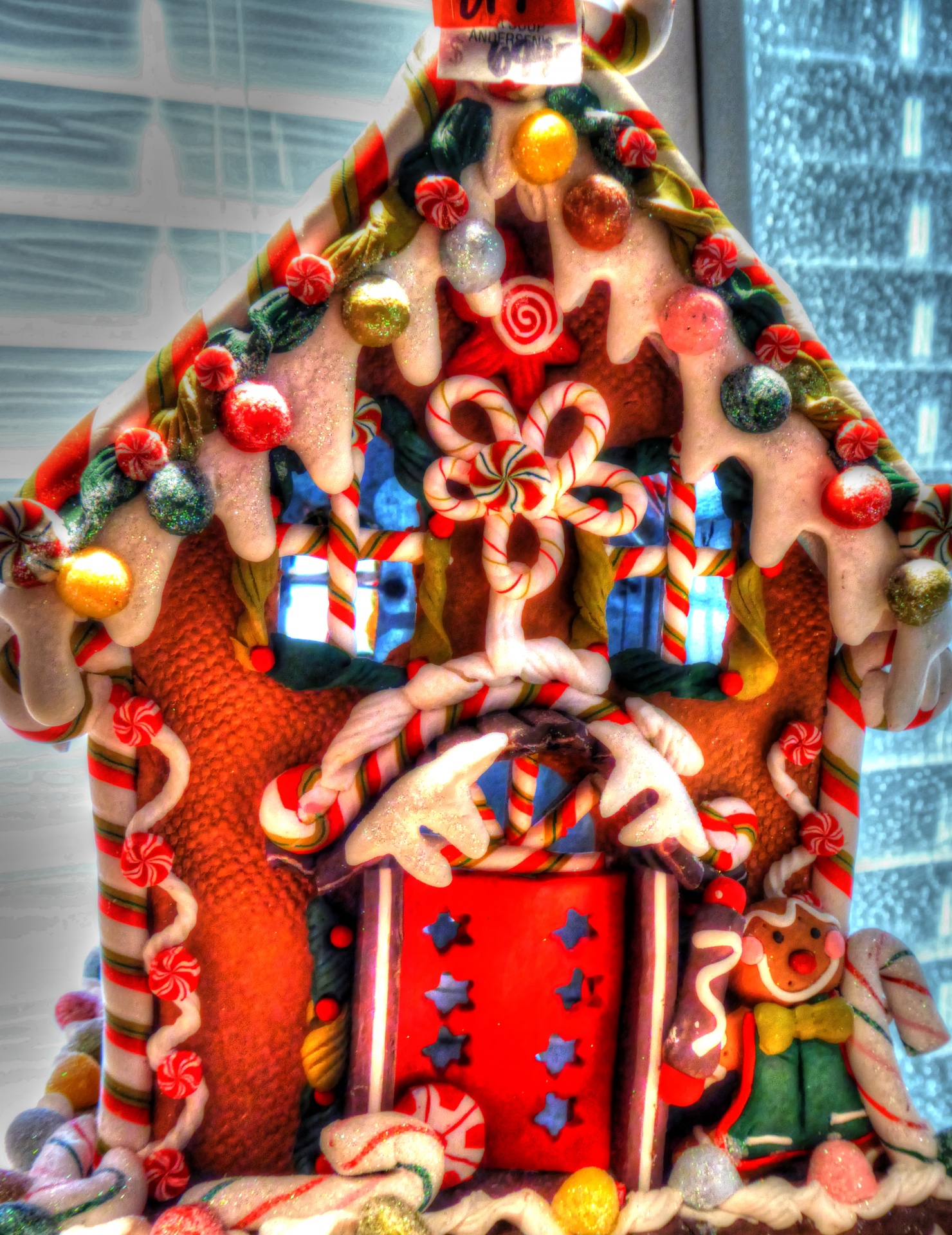Table Of Content

While Mictlantecuhtli might be more widely recognized in discussions about the Aztec underworld, Mictecacihuatl's role was just as crucial. Together, they formed a formidable duo, ensuring the smooth passage of souls, guarding the essence of the departed, and maintaining the cosmic balance that was so central to Aztec beliefs and rituals. He was a constant reminder of the impermanence of life and the importance of living honorably, ensuring a favorable journey in the afterlife. His presence permeated everyday activities, from the rituals of priests to the artistry of craftsmen, and the tales shared among families. The burstiness of these rituals reflected the profound significance of death in Aztec society.
Mictlantecuhtli: Lord of the Underworld
If you are someone who believes in reincarnation, or in the magical quality of nature, then this tattoo can express your creative view of the world. A Quetzalcoatl head tattoo can also represent creativity and can increase the productivity of those who work with arts and crafts. When a Quetzacoatl tattoo simply shows his head, he is often depicted as a dragon.
Traditional Aztec Motifs

Xochipilli, or “flower prince”, is the Aztec god of games, art, music, and flowers in Aztec mythology. Xipe Totec’s name translates to “the flayed one”, and he is believed to be responsible for the rebirth that occurs when spring descends on the Earth – specifically to Aztec fields of wheat. In tattoos, Tezcatlipoca is typically depicted with a black face or jaguar headdress. It can mean that you are using the tattoo a token of protection from evil.
Huitzilopochtli Tattoos – The Sun God
As the ruler of the underworld, this deity was revered for its unwavering power and ability to navigate the realm of the unknown. Discover the captivating world of anime-inspired conceptual tattoo art and bring your favorite characters to life. Browse our collection and let your imagination take flight with our exceptional artistry.

Aztec God Mictlantecuhtli Introduction
When it comes to Aztec tattoo chest, you’ll notice recurring themes like skulls, skeletal imagery, and the strategic use of a black, red, and green color palette. It all starts with choosing a reputable tattoo artist who can bring your vision to life. A design consultation is essential to ensure your tattoo aligns with your expectations. Before we dive headfirst into the art, let’s take a moment to appreciate the fascinating world of Aztec mythology.
Xipe Totec tattoos are imbued with the mythology and history of ancient Aztec societies. In tattoos, the design sometimes includes an ax that allows Tláloc to cut into rain clouds to release life-giving water from them during times of drought. These types of tattoos often represent significant personal or familial events or celebrations, and often feature dates and years along with the classic, Aztec-inspired calendar. It also represents protection from evil because the sun is the light in the world and comes up into the sky every day.
Related Tattoos
For many, this ink symbolizes their ability to confront and overcome life’s darkest challenges, much like the Aztec god himself ruled over the underworld. The placement of a Mictlantecuhtli tattoo can hold significant symbolic meaning. Many choose to have the design inked on their back, representing the idea of carrying the weight of death and the underworld. It serves as a reminder that change is constant, and that even in the darkest of times, there is the potential for growth and renewal. This interpretation resonates with individuals who have undergone significant life transitions, whether personal, spiritual, or professional.
To understand Mictlantecuhtli's stature, it's essential to appreciate the Aztec view of death. Contrary to many contemporary perceptions, death was not seen as a tragic end but as a continuation of life's journey. And at the helm of this transition stood Mictlantecuhtli, guiding souls as they navigated the challenges and intricacies of the underworld. Another significant power of Mictlantecuhtli was his dominion over darkness.
AUTHENTIC, CREATIVE ARTISTRY
Aztec tattoos come with some ancient knowledge, like a faint whisper from an old Aztec woman telling you stories from the past. The name Mictlantecuhtli is deeply rooted in the Nahuatl language, which was spoken by the Aztecs and many other indigenous groups of central Mexico. Breaking down the name, "Mictlan" refers to the underworld or the place of the dead, while "Tecuhtli" translates to "lord" or "ruler". Thus, Mictlantecuhtli can be understood as the "Lord of Mictlan" or the supreme ruler of the land of the deceased.
Our service list includes cosmetic, restorative and decorative tattooing with a focus on natural and detailed results. Our service list includes cosmetic, restorative and decorative tattooing with a focus on low-maintenance, natural and detailed results. Our new studio is very private and located in the Spring Arts Tower in the heart of Downtown Los Angeles. We would love to create something special for you and look forward to meeting you. The ouroboros tattoo symbolizes the perpetual cycles of the natural world, which matches well with the Quetzacoatl who rules much of the natural world. Although Tezcatlipoca is a major God of the Aztecs, as is Quetzacoatl, a Tezcatlipoca tattoo has a darker meaning and represents how everyone has a dark side to them.
He was believed to have sent an eagle to guide the first Aztecs to settle in the land that became their empire. Read real-life stories from individuals who’ve embraced the Aztec God of Death tattoo and discover the profound impact it has had on their lives. The tattooing process itself varies in pain levels from person to person, but the result is undeniably worth it.
Through rituals, offerings, and daily practices, they acknowledged the god's undeniable influence over their destinies, both in the mortal realm and beyond. A re-imagining of an Aztec warrior is one of the most popular choices for Aztec tattoo designs – usually accompanied by feathers or bird-themed headdresses. Nowadays, however, designs inspired by specific tribes are gaining in popularity. This is why in this article, we’re going to focus on tribal tattoos of the Aztec civilization. When it comes to Aztec God of Death tattoos, you’ll notice recurring themes like skulls, skeletal imagery, and the strategic use of a black, red, and green color palette. By etching this powerful image onto their skin, individuals find the strength to face their fears head-on, emerging as warriors who have conquered their inner demons.
The symbolism of the design is believed to offer the wearer nature’s guidance and protection. In addition, many people choose to get Coyolxauhqui tattoos as a way of honoring their love for their families. Often done with a shield or a headdress, these tattoos mean that you have both the heart and the strength of a warrior and that you are committed to those traits for life. Today, these meanings have been added to and morphed into modern-day symbolism.









